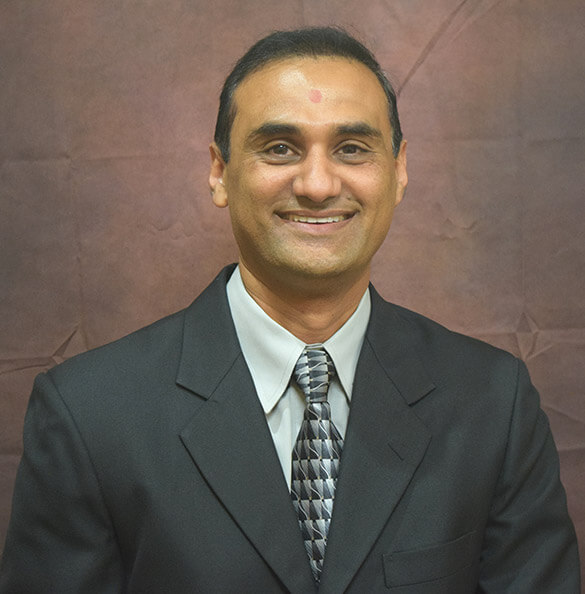What is periodontal maintenance? Ontario, CA, dentist explains how nonsurgical therapy resolves gum disease
Almost three out of four Americans develop gum disease by the age of 65, according to the Centers for Disease Control and Prevention. Gum disease, however, is not a natural or normal part of aging. The risks associated with the development of gum disease can be controlled. Additionally, periodontal maintenance in Ontario, CA, at the office of Dr. Mukesh Patel presents a nonsurgical way to resolve active gum disease and promote healthy reattachment of the gums to the teeth.
“Front-line” treatments
Gum disease can be prevented with consistent brushing and flossing, as well as professional cleanings at the Ontario Dental Center. Usually, these cleanings are scheduled with your dental check-up every six months. However, some patients have an elevated risk of developing gum disease. Additionally, if you smoke or have diabetes and other conditions that challenge wound healing, Dr. Patel may recommend more frequent check-ups.
During regular visits, our hygienists apply their training and specialized instruments to effectively remove stubborn tartar from the teeth and other places that harbor bacteria and food debris. Tartar promotes the development of gum disease and tooth decay. Brushing and flossing by itself can remove sticky plaque, but tartar won’t budge with home hygiene techniques alone. Dental instruments, when in untrained hands, can cause serious damage to delicate tissues. It’s best to leave this type of cleaning to the professionals at the Ontario Dental Center.
The ABCs of SRP (Scaling and Root Planing)
Scaling and root planing is a deep clean of your gum line and tooth roots. For some patients, standard six-month professional cleanings are insufficient to adequately resolve active disease. In these cases, our skilled hygienists clean underneath the tissue to lift the plaque and hardened tartar that inflames and irritates the gums. Furthermore, the “planning” part of the SRP comes into play when the roots of the teeth are cleaned and smoothed. In this manner, bacterial toxins do not collect at the tooth root. These services also support healthy attachment between the gum tissue and teeth.
As a progressive condition, the gums separate from the teeth, leaving behind gaps or pockets that allow destructive bacteria to flourish. The size of the pockets helps us to determine the extent of your disease, which informs our treatment recommendations. Generally, the baseline pockets measure between 1 to 3 millimeters. Early-stage disease (gingivitis) pockets measure around 4 millimeters, while advanced gum disease (periodontitis) starts at 5 to 6 millimeters. Dr. Patel may recommend SRP if you have gingivitis. At this stage, damage caused by the disease can be reversed. SRP may also be followed with antibiotics, as needed. Patients with more moderate disease or periodontitis can benefit from laser-assisted gum disease therapy.
Gum disease does not wait, and it won’t resolve on its own. It requires professional intervention. Schedule an appointment at Ontario Dental Center, serving Chino, Montclair, Claremont, Rancho Cucamonga, Upland, and Pomona, CA, and the surrounding areas. Call (909) 414-3535.










